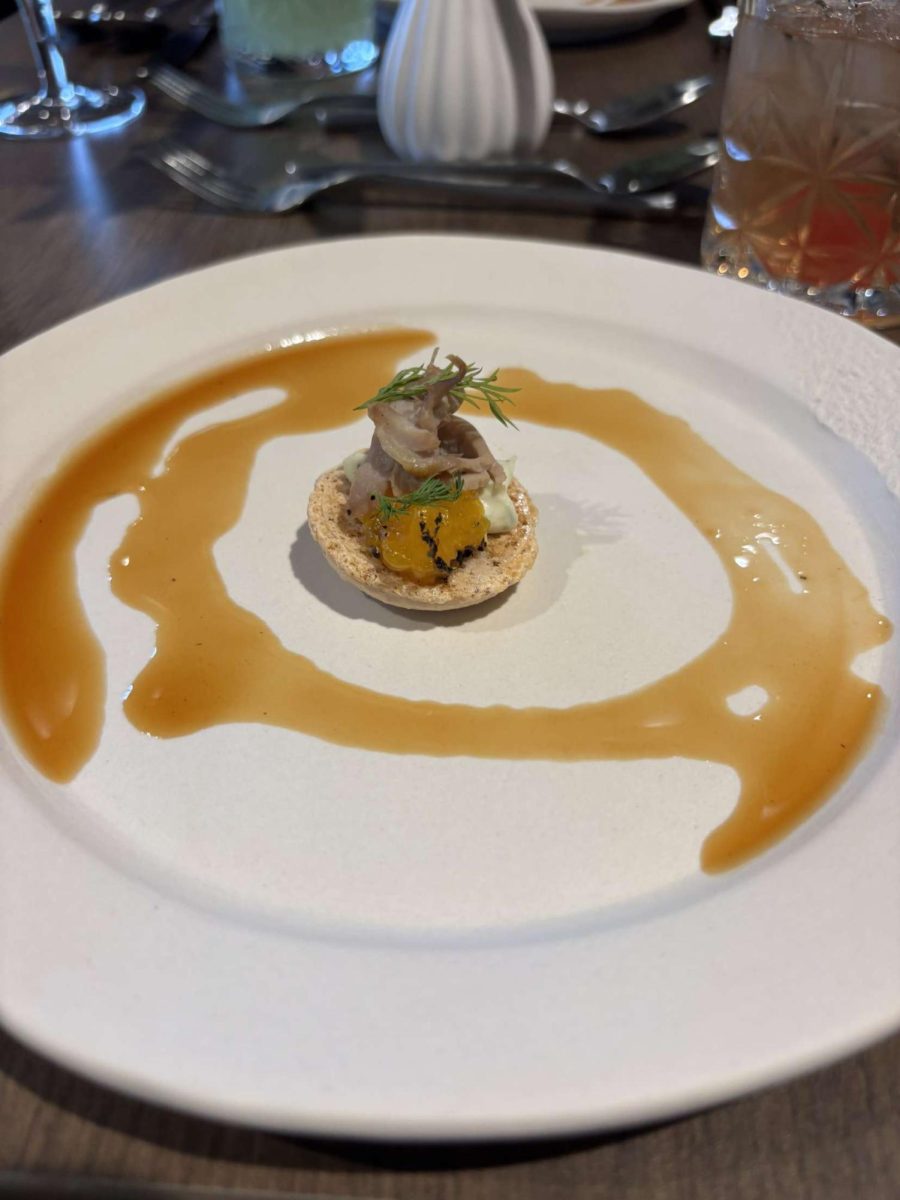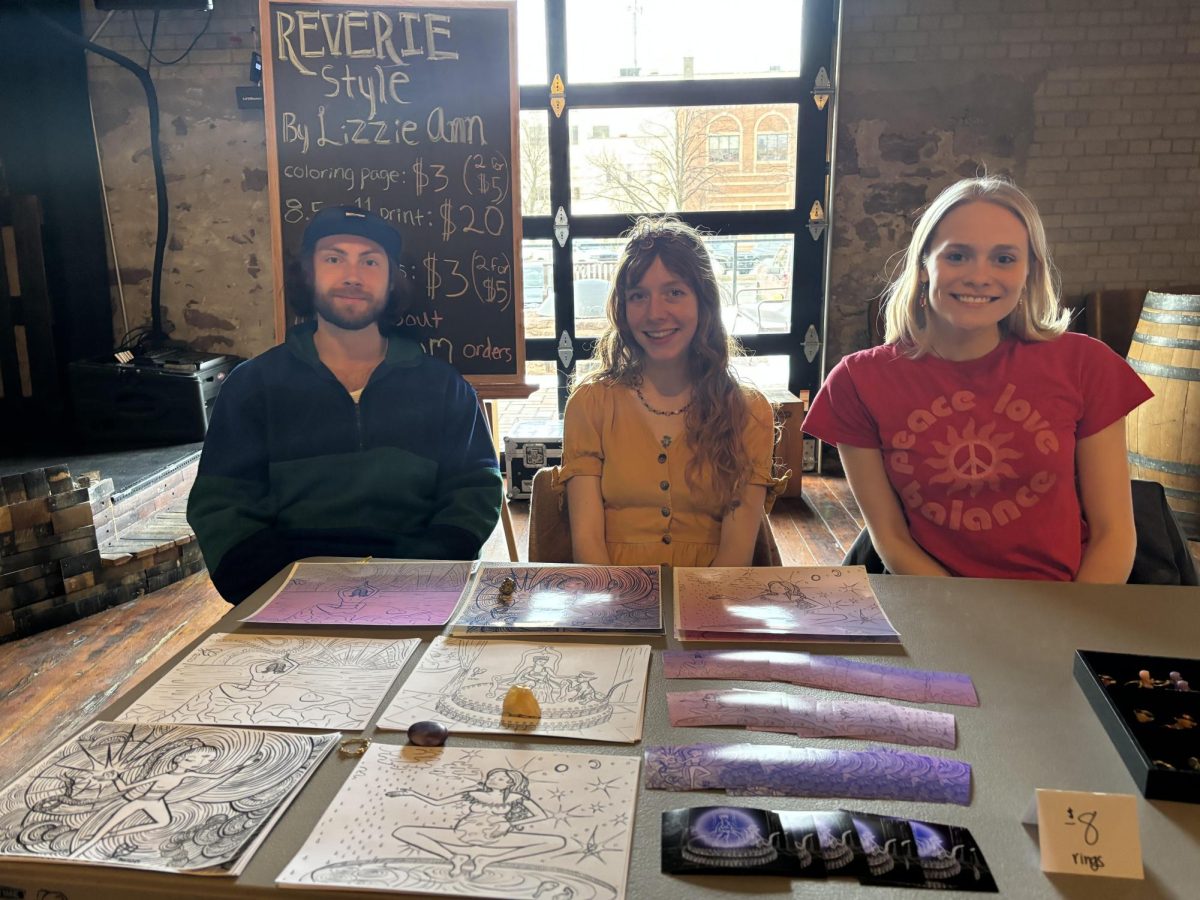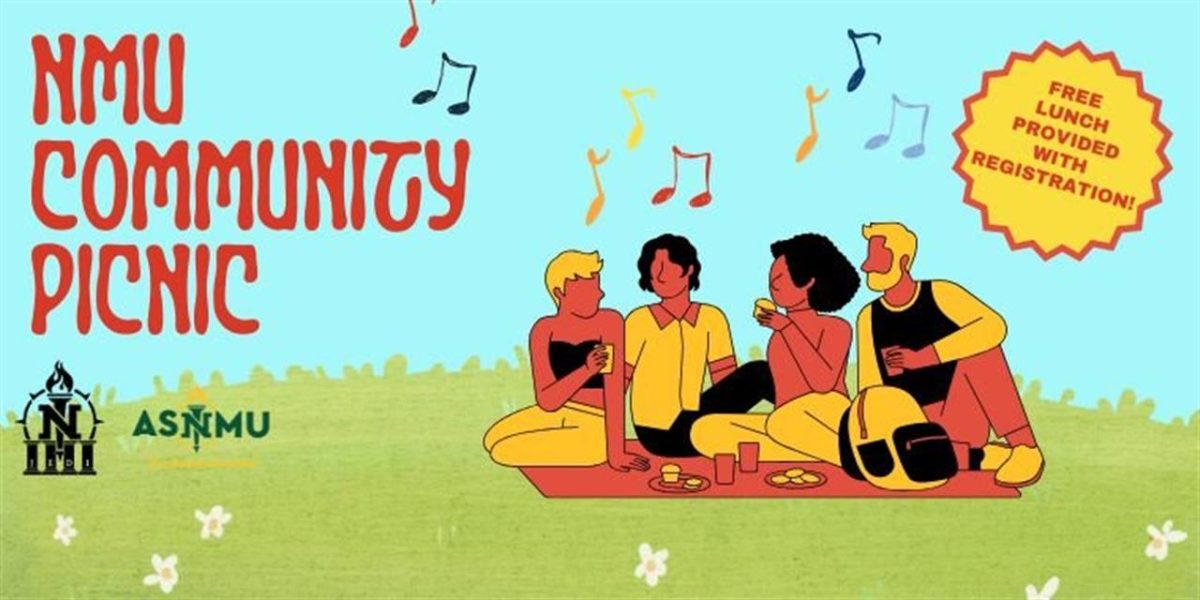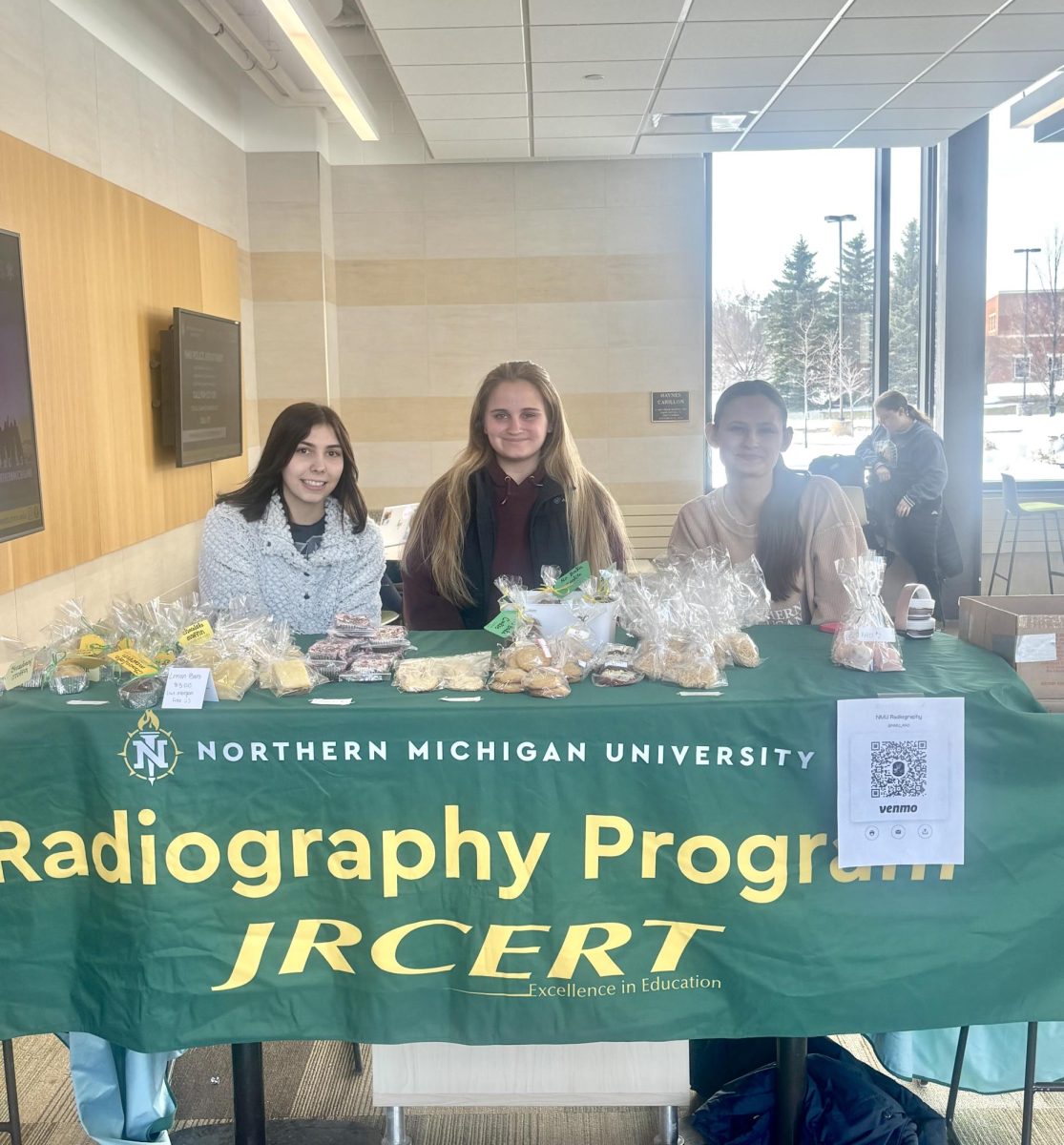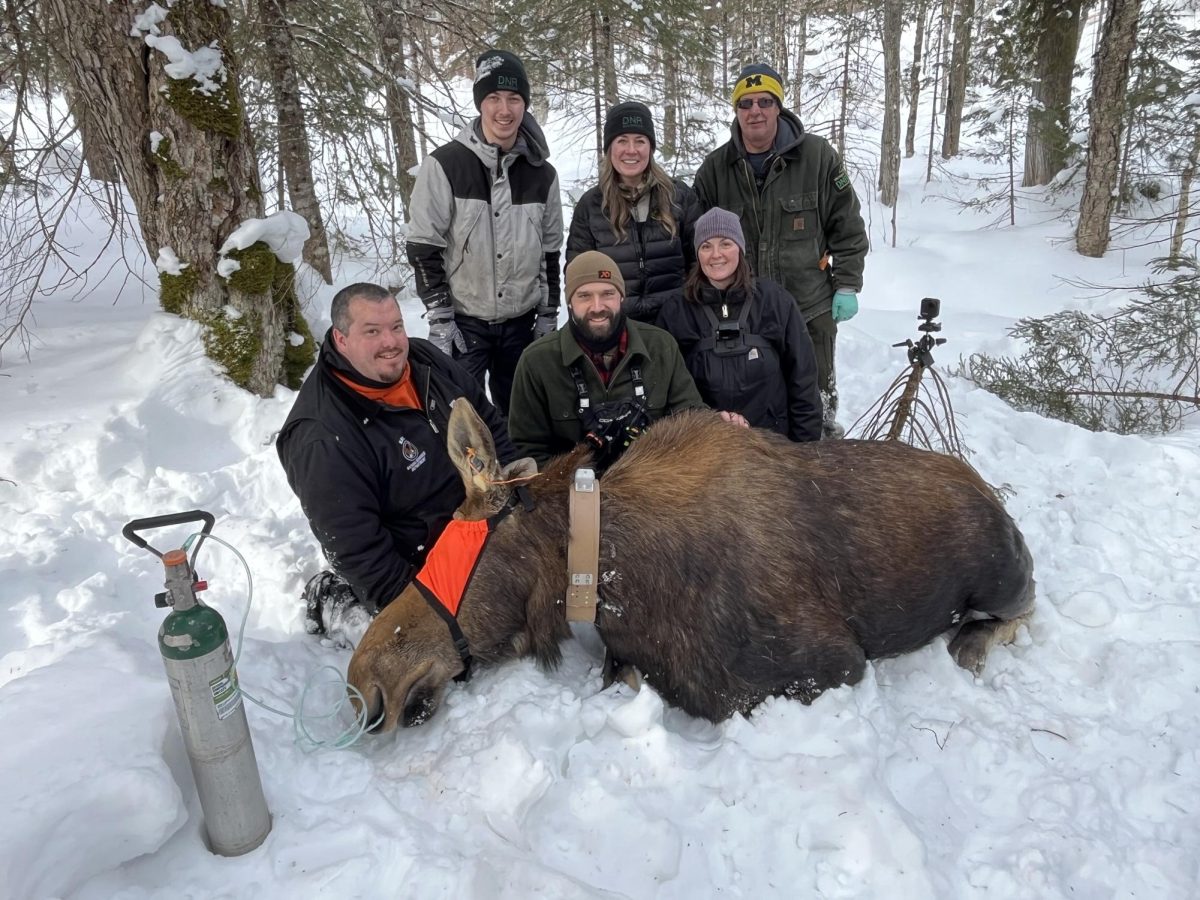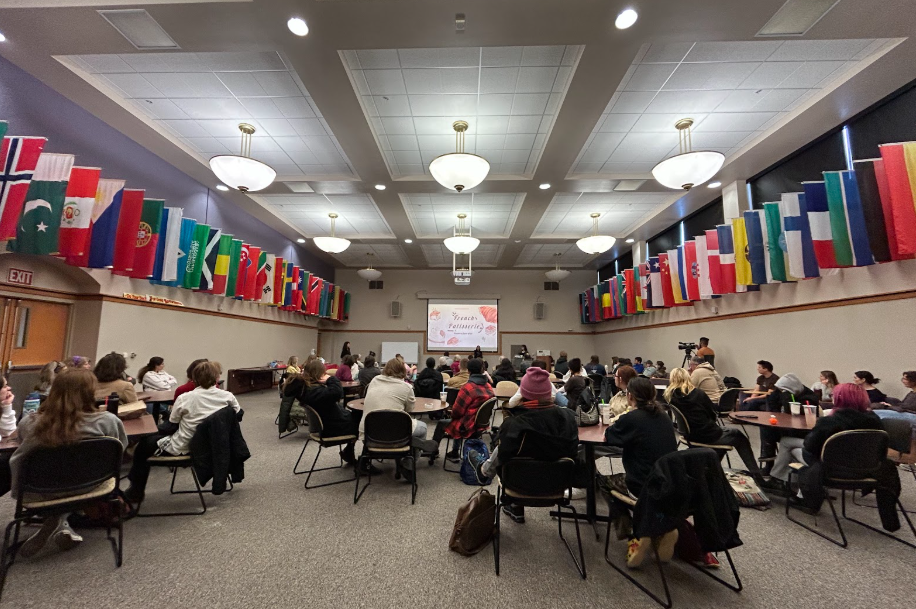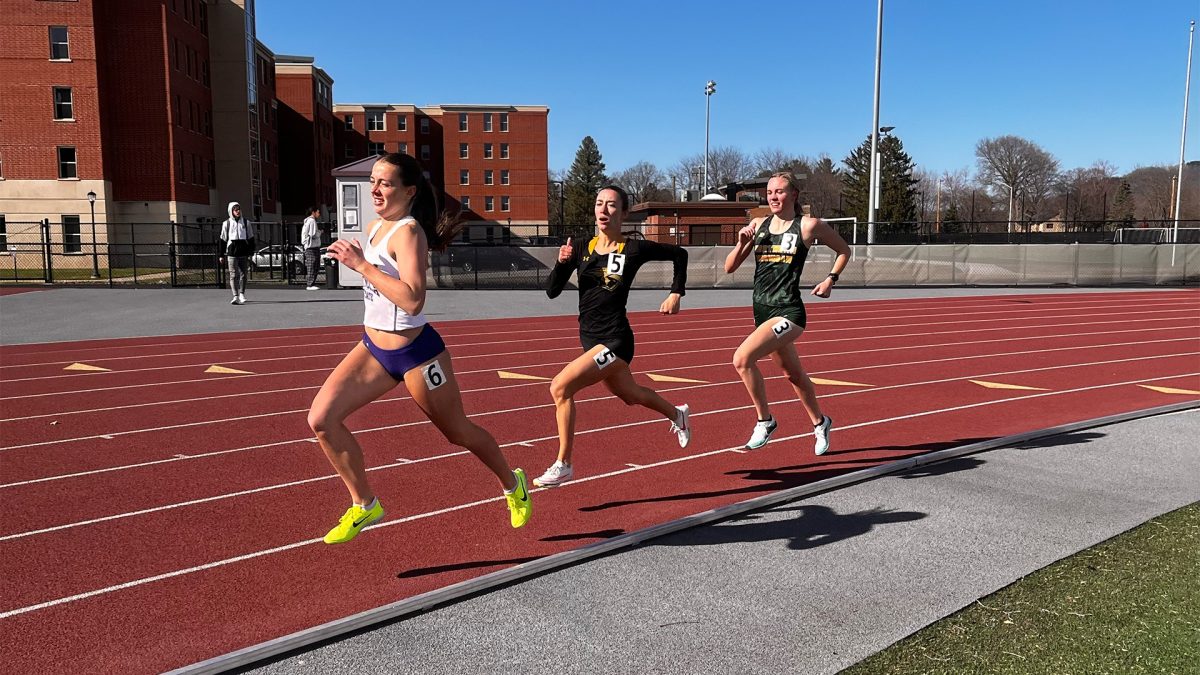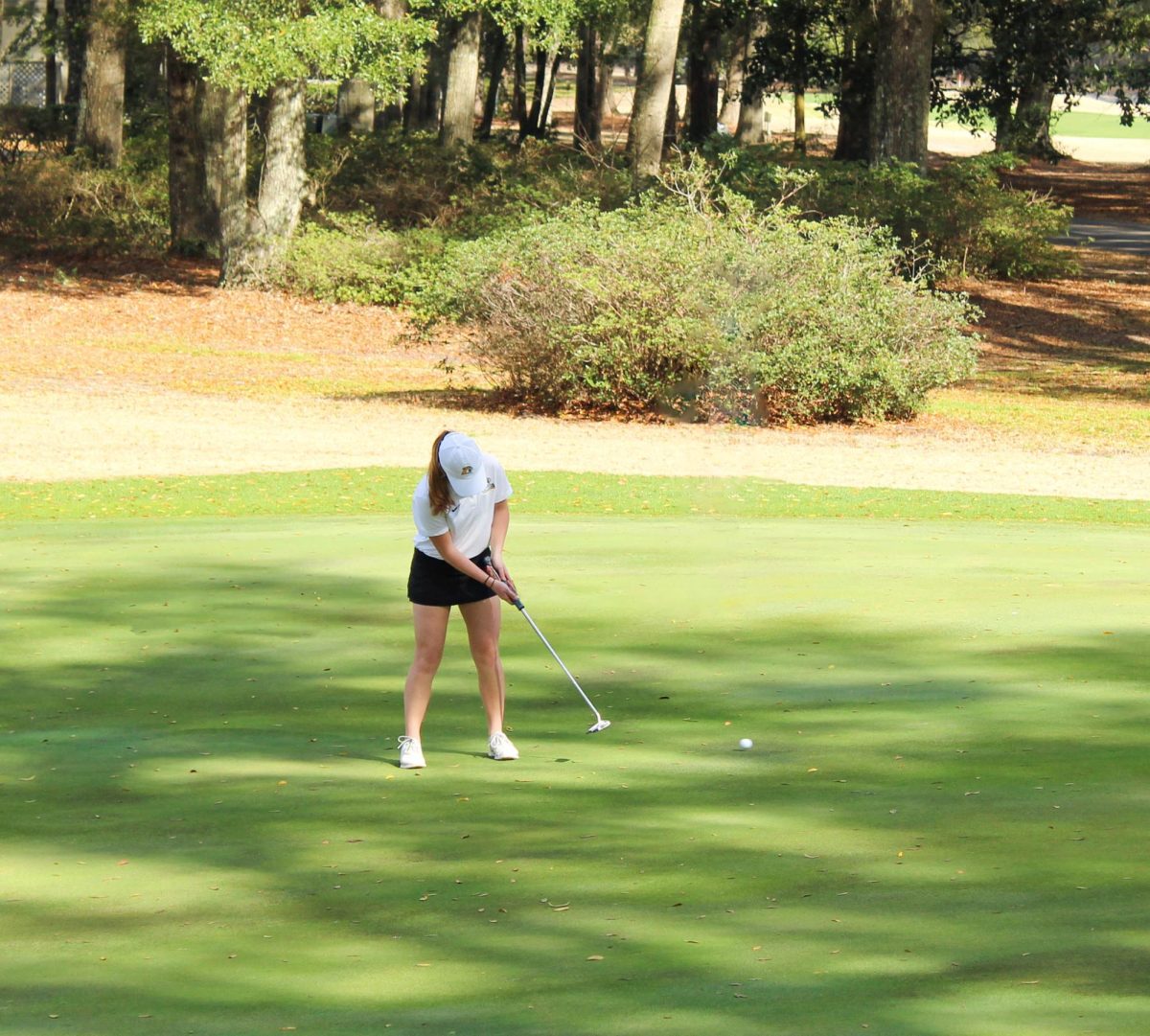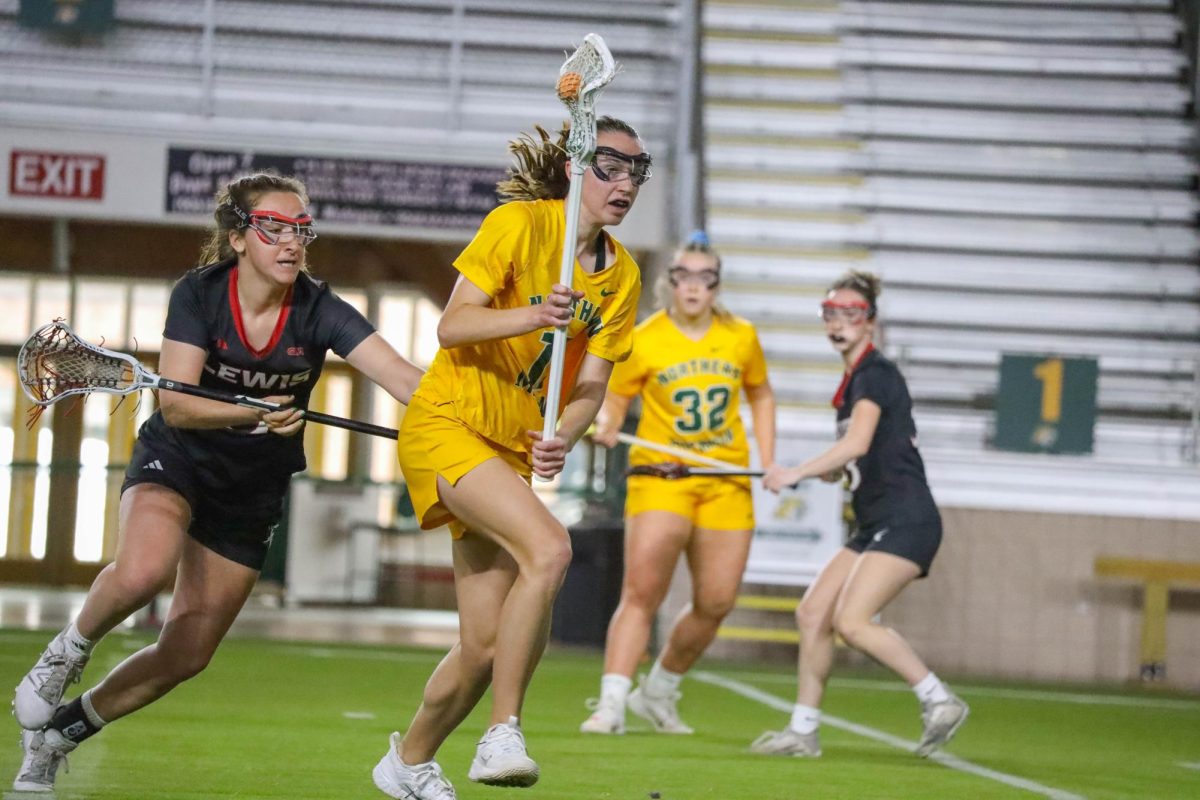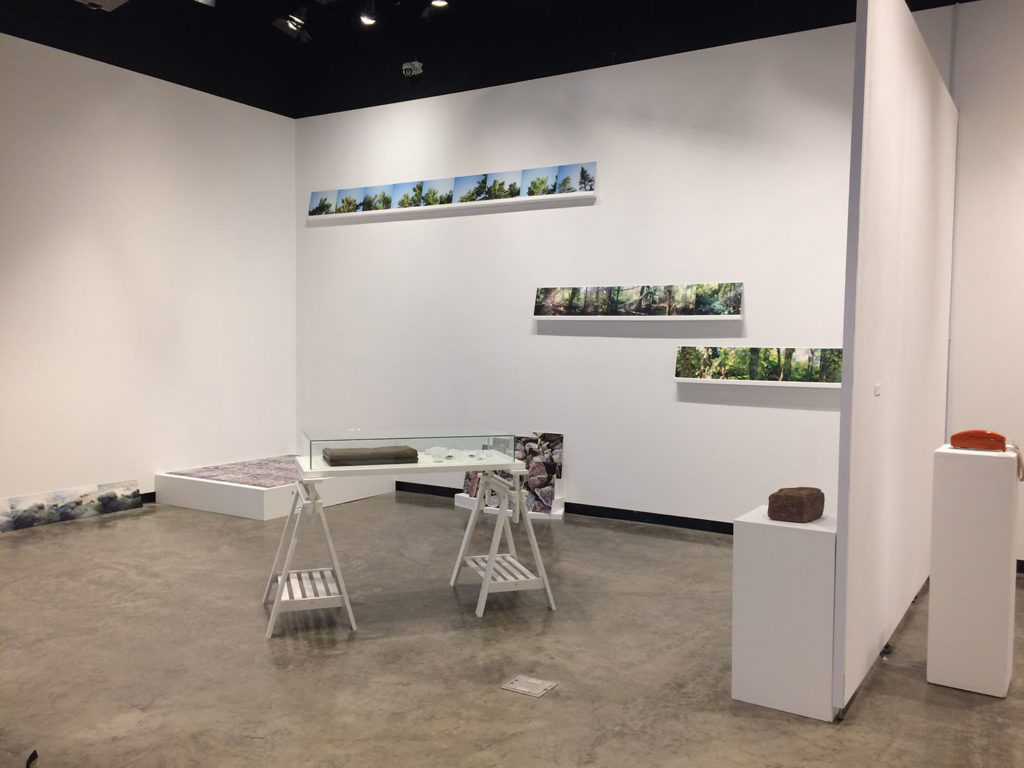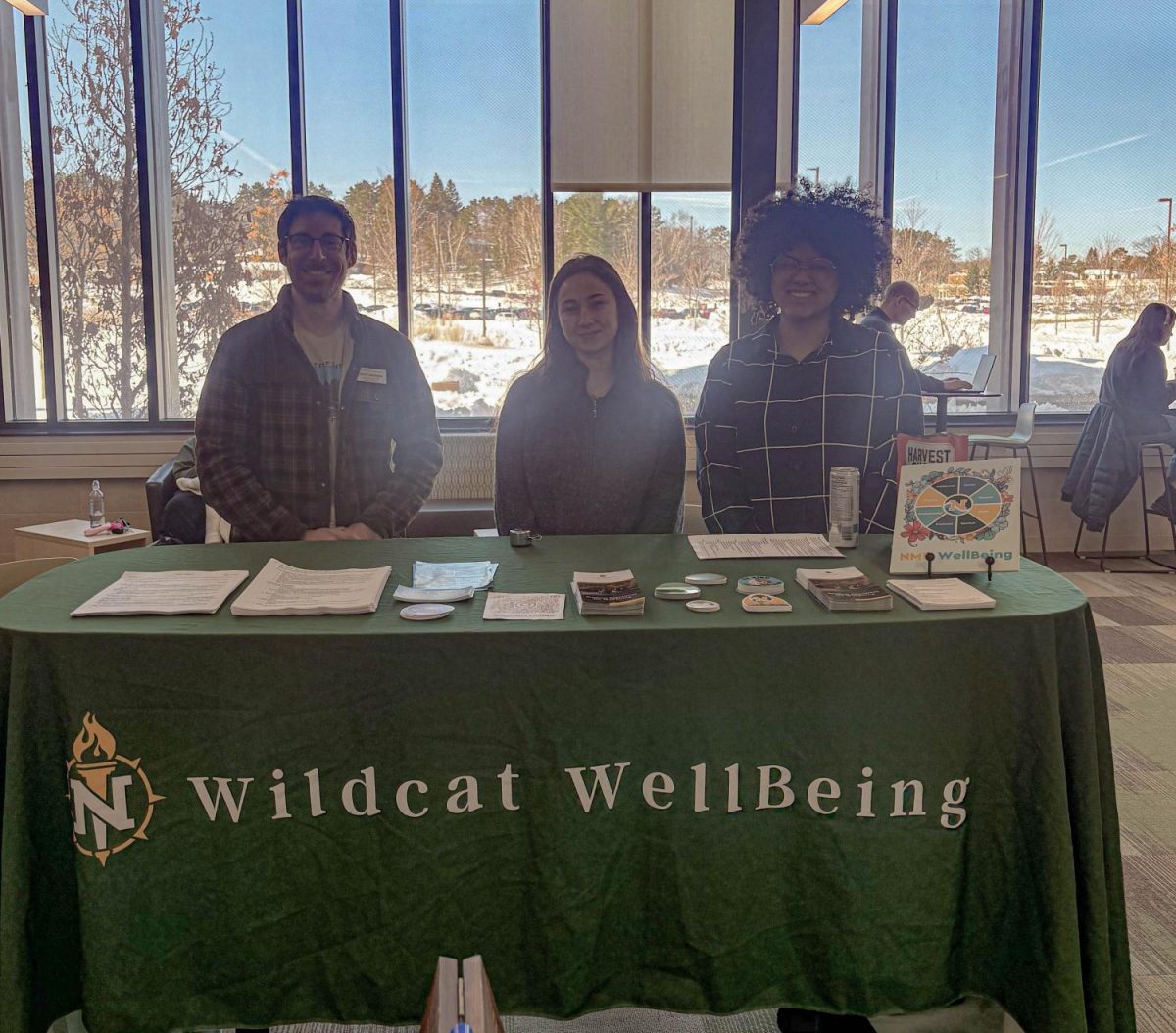Creators from around the world ventured to Rabbit Island, which lies on Lake Superior 3 miles east of the Keweenaw Peninsula, this summer to capture this isle’s inner beauty. With over 91 acres of protected and largely uninhabited forest, this no man’s land was the perfect place for five artists to dig deep into the rock beds of Superior’s mighty shoreline. With brushes and cameras they brought the sensations and emotions of an untouched island to the Wildcat’s neck of the woods.
After communing with nature on Rabbit Island, the artists had a year to translate their experiences into inspired works of art that are now the newest DeVos Art Museum exhibit, on display for free, public viewing from Sept. 25 until Nov. 12, with all the sights and sounds of Superior.
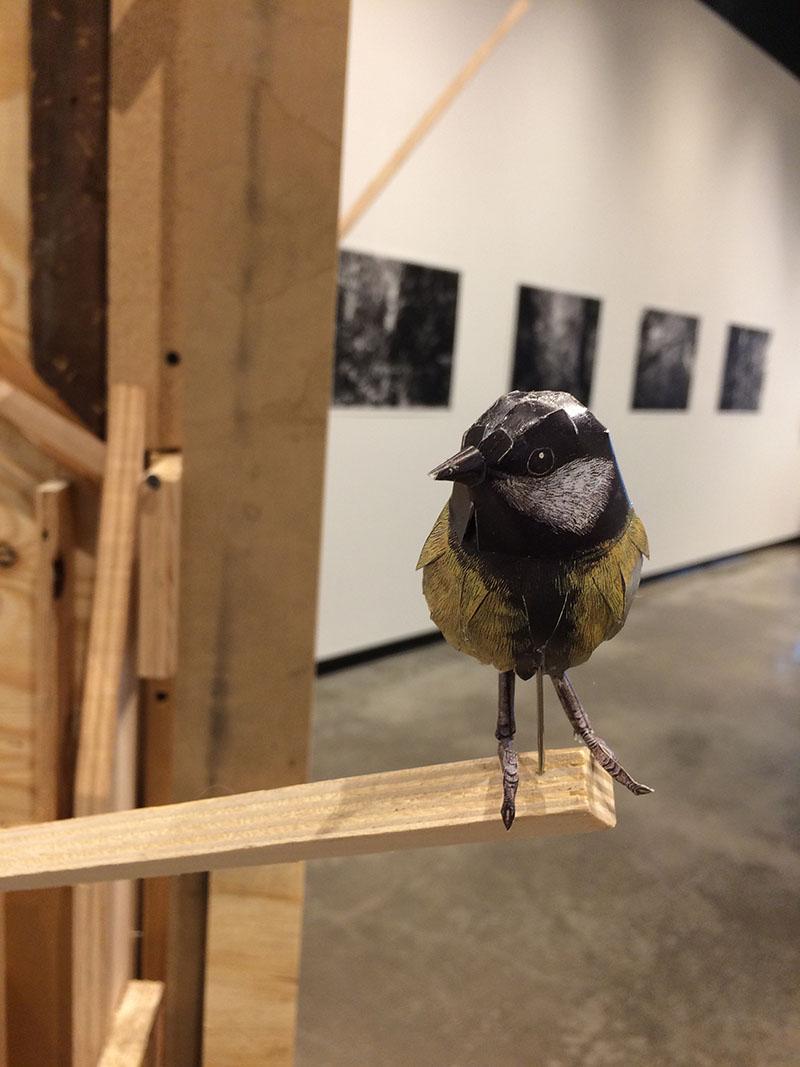 “[Exhibit goers] can expect to see a lot of different perspectives on how artists interact with and view the experience of being on Rabbit Island,” DeVos Art Museum Director and Curator Melissa Matuscak Alan said. “There’s multiple ways that the artists have thought about their surroundings and nature, the way they record [them] and the way they present them in a context such as a gallery space.”
“[Exhibit goers] can expect to see a lot of different perspectives on how artists interact with and view the experience of being on Rabbit Island,” DeVos Art Museum Director and Curator Melissa Matuscak Alan said. “There’s multiple ways that the artists have thought about their surroundings and nature, the way they record [them] and the way they present them in a context such as a gallery space.”
The exhibit tells a cohesive story presented in different mediums, including photography, video and sound work. But the artistry doesn’t stop there: Several of the creations offer an interactive element, including that of a telephone, a sound box and displays that connect with the audience.
“I hope the viewer might walk away with a sense of what it might be like to spend a couple of weeks on Rabbit Island themselves,” Matuscak Alan continued. “Not having the distractions gives you a chance to notice things on a deeper level. Sometimes it’s easy to get caught up. I think without having those distractions on a place like a wilderness island gives you the opportunity to really sit and soak it in.”
The Rabbit Island Foundation, a nonprofit group that organizes this wilderness art experience, accepted five artists out of about 250 applicants from around the world to experience this. Matuscak Alan, who has been on the Rabbit Island Foundation board of directors, explained how these fortunate five were selected.
“[We’re] thinking about who’s been there in the past and what ideas have kind of already been touched on, who’s doing something a little bit different or who might have a little different perspective to offer,” Matuscak Alan said.
This show is set up in a way that can reach across all majors of study from art and design to geography and many more. Tours can be given for anyone looking to engage in this outside-the-classroom learning.
“The great thing about what these artists are doing is they touch on different disciplines. There’s definitely the aspect of art and design, [but] we’ve been reaching out to some of the geography department to invite them to come and see the show,” Matuscak Alan said.
The show displays many aspects of nature, from blue skyline to green fluorescence, evergreen trees and the smallest creatures of the island wilderness.
United Kingdom artist Luce Choules made a collection of photographs and other creations depicting the beauty of the land and water around the island. While on the island, Choules laid out a blanket and let the weather of the island wear upon it to create her art for the exhibit.
“I was looking for ideas of what wilderness might mean on a remote island on Lake Superior, a 91-acre island, and you’re there by yourself, so you have lots of time to think about, what to say about this place, what’s the environmental voice for this place,” Choules said.
Artist Walter Van Broekhuizen of the Netherlands also showcased his work. He created a series of photographs, as well as a wooden tree sculpture with crafted birds. The photos were taken with an an analog camera that was inspired by the lack of human involvement on the island, the artist said as he explained why he applied to go to Rabbit Island.
“I wanted to experience it once because I come from a small country, the Netherlands in Europe, small and dense and populated, and we don’t have really wild nature, [but] Rabbit Island is never changed by human beings, that’s what I wanted to be there for,” Broekhuizen said. “I think there’s almost no place on the Earth to really have solitude, to be alone without any contact with human beings. It was very interesting to do this.”










